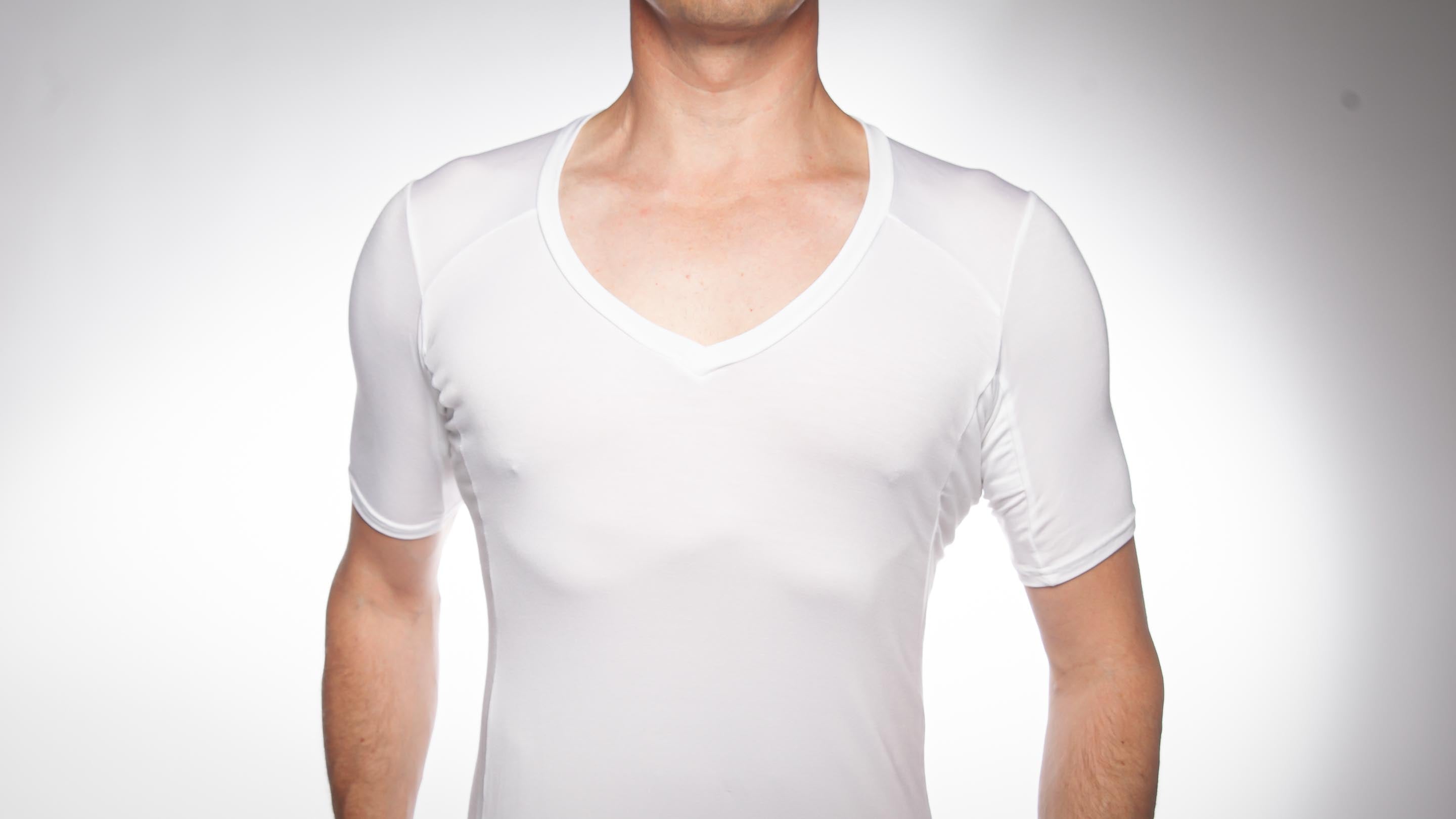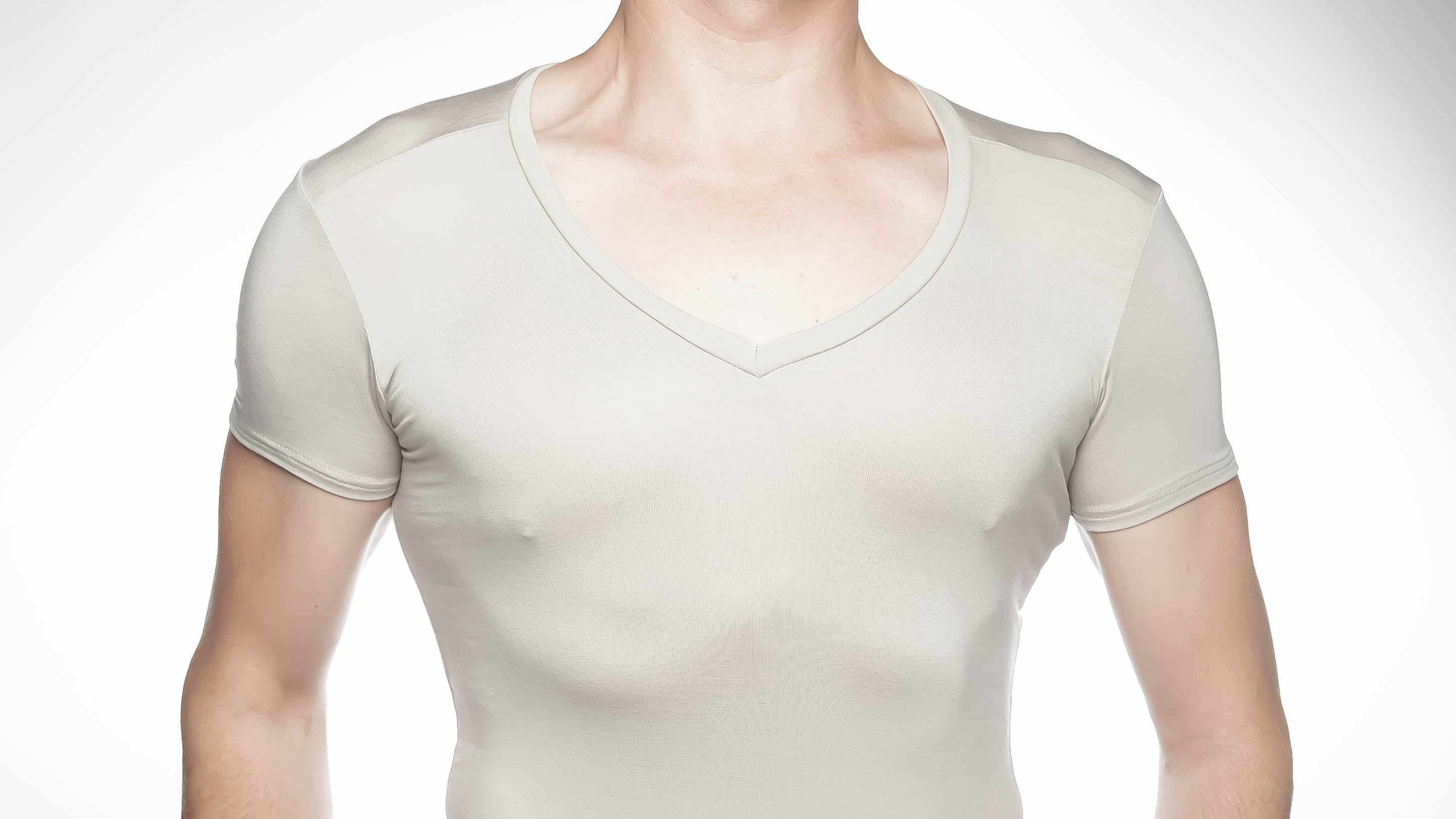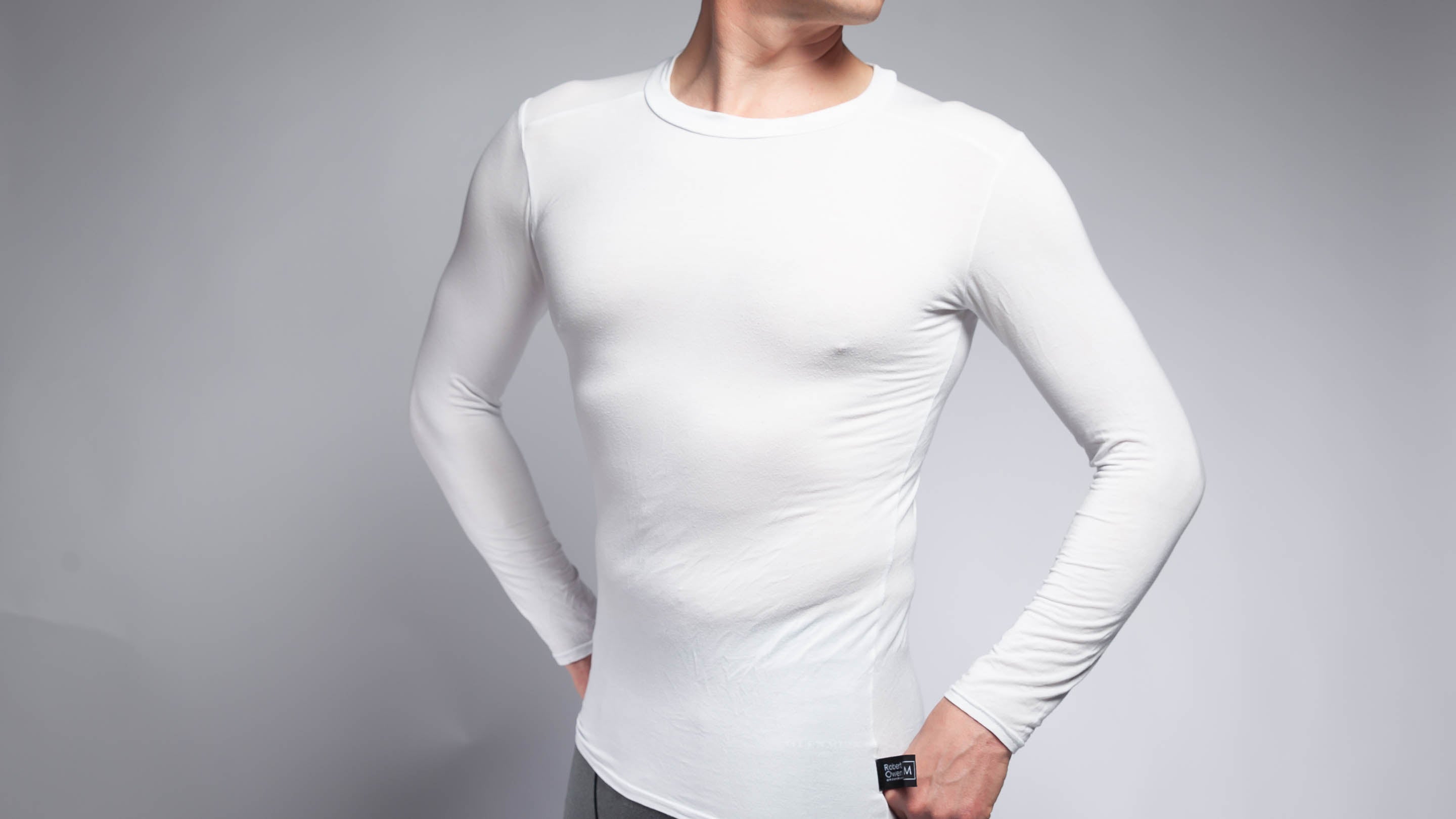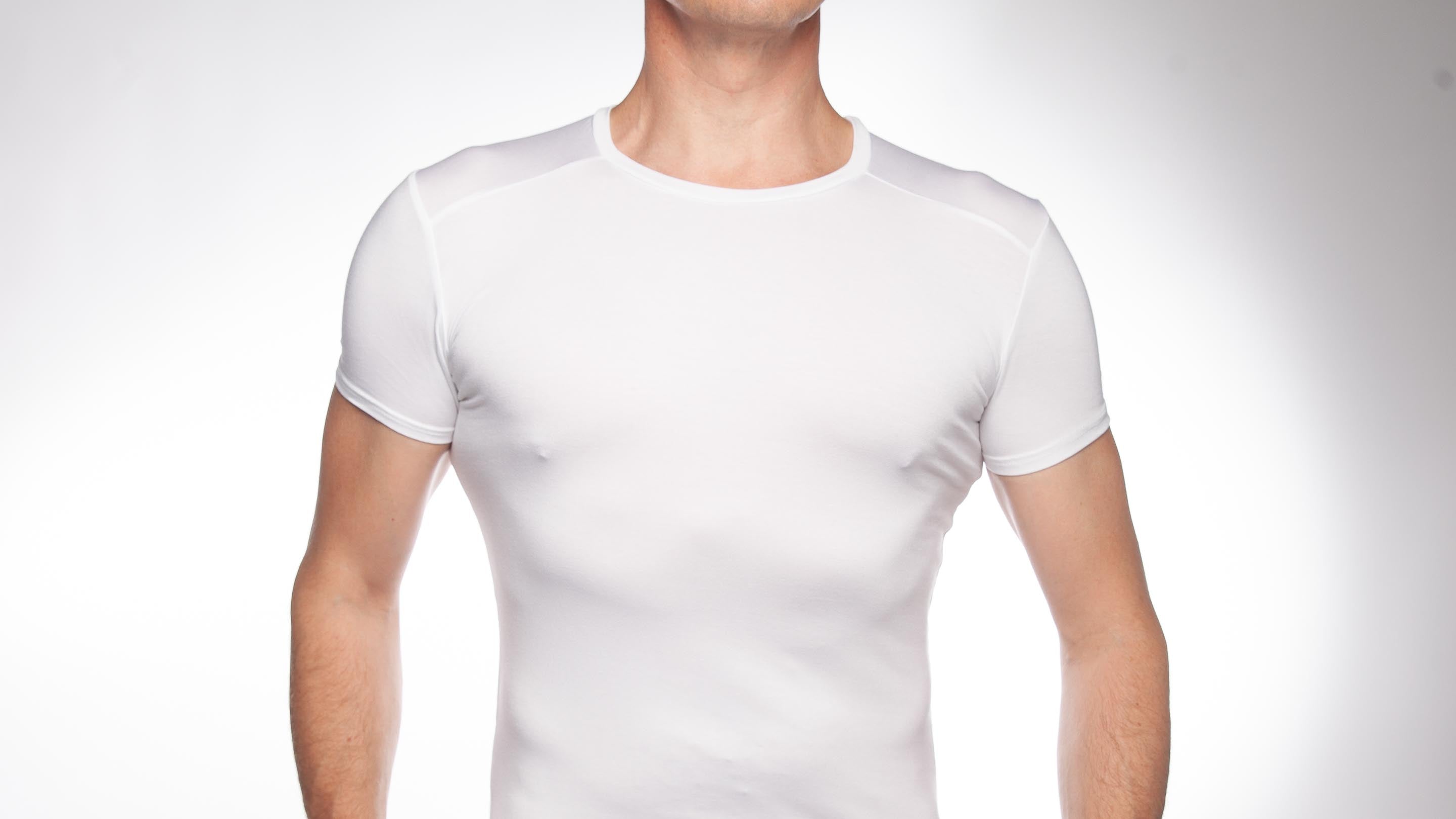What is viscose fabric, and how is it made?
What is viscose fabric?
Viscose fabric is a plant-based textile made from regenerated cellulose. Cellulose is a naturally occurring compound which helps to give plants structure. Cotton is mostly cellulose (about 90%), and viscose is 100% cellulose - so regarding their chemical composition, they are similar. The differences are down to the shape and physical properties of the fibre. Cotton has what is known as staple fibres. Staple fibres are naturally occurring, and they are of discrete length. To make yarn the cotton fibres are cleaned, straightened and then spun together. Viscose, on the other hand, is made from long straight continuous filaments - very similar to silk. These filaments are artificially produced by extracting cellulose from wood and regenerating it into long thin strands - a process I'll describe in more detail below. Viscose feels and behaves differently to cotton because of the physical difference between the short cotton fibres and the long viscose filaments. Just in the same way that silk feels and behaves differently to cotton because of the same differences between fibres and filaments.
Why is viscose used for clothing?
Viscose is used for clothing because it has excellent drape (meaning it hangs well) and because it feels exceptionally light and smooth on the skin. It also has a high water absorbency and is highly breathable (allowing air and water vapour to pass through). Viscose may even be antibacterial, making it less prone to odour - see below. All of which makes it comfortable to wear on the skin. That's we think it is the ideal fabric for our range of men's undershirts, vests and thermals. Aside from that, it dyes well, which makes it great for making brightly coloured textiles that hold their colour better than cotton after repeated washing.
What is the difference between Viscose and Rayon?
Ah, this is a trick question. Viscose and Rayon are two names for the same thing. In the USA they prefer the name rayon. Quite why they named it such is not clear. In Europe the textile is more commonly referred to as viscose, deriving its name from the viscose fluid formed as part of the production process. There are now several different methods of production, each designed to improve either the qualities of the end product or reducing the environmental impact of manufacture, or both. You may already be familiar with some of these: Modal, Micro Modal and Tencel (called Lyocell in the USA) are the most common.
How is viscose produced?
Viscose is produced by pulping wood, extracting the cellulose and dissolving it in a solvent to make a thick viscose liquid (hence the name). That liquid is then forced through small holes to form long, thin filaments in a bath of yet anther solution which this time removes the solvent. What is left behind is pure cellulose formed into these long thin strands. With this description, I'm vastly simplifying the process to avoid getting bogged down in too much detail. Suffice to say there are numerous intermediary steps to wash, straighten and strengthen the resulting filaments. Each step can be adjusted to change the properties of resulting viscose filament.
Why is viscose so smooth?
That'll be the shape of the filaments. The artificial process I mentioned above spins out the cellulose into long, smooth filaments, very much like silk. Silk also has filaments which are long and smooth, but these are produced naturally by insects. Both silkworms and the viscose product method share the same principle of spinning out a thick liquid through a small hole. Cotton feels different because the staple fibres are short and spun together to make yarn - much like wool.
So is made from plant material, but it is also artificial?
Yes, absolutely. It's 100% cellulose (from plants, in this case, trees) but it's in a form that could never exist without an artificial process, which is why it's often referred to as semi-synthetic. Don't let you that fool you; this does not put it in the same bracket as nylon or polyester. As I mentioned above, regarding what it's made from, viscose is very similar to cotton. Both come from plant material which is why they feel natural to wear.
If viscose is artificial, does that make it a synthetic fibre?
No, but sometimes it's referred to as semi-synthetic for the reason I mentioned above. In contrast, fully synthetic fabrics such as nylon and polyester are compounds which do not occur naturally.
Does the source of the wood cellulose make a difference to the end fabric?
No, it doesn't matter from which wood you start. Remember the end product of the viscose process is 100% cellulose. Cellulose is the same compound in every plant in which it is found. There isn't a different type of cellulose in bamboo to that found in Beech trees. It's all just cellulose, which has the chemical formula (C6H10O5)n.
What about the claims that say bamboo viscose has antibacterial properties?
Most likely, they are wrong, but not for the reason you might be thinking. One or two studies indicate viscose fabrics may indeed have antibacterial properties (more studies are needed to confirm the findings). Still, it seems that this feature applies to viscose from any source. It's not something unique to viscose made from regenerated bamboo cellulose. People tend to get excited about bamboo because in the wild, in plant form, the bamboo grass is said to exude a substance, commonly referred to as bamboo kun. Kun, by these accounts, helps to protect the plant from attack by microbes and fungus. The problem? By the time the bamboo wood has been pulped and the cellulose extracted by solvents, there can be no more bamboo kun left in the resulting output from this process. Remember the end product of making viscose is 100% cellulose filaments. So the belief that bamboo kun can be active in the end fabric is misplaced. However, as I said above, there are studies which indicate that viscose (from any source) may have antibacterial qualities. We've written more about in our journal post entitled 'Is bamboo fabric antibacterial?'.
Incidentally, the reason we still refer to 'bamboo fabric' or 'bamboo viscose' on our website is that the term 'viscose' is not commonly known. However, 'bamboo' fabric is well known. We use it because it is a recognisable name for the material.
I hope that sheds some light on viscose fabric. If you'd like to experience this fabric - try one of our undershirts and feel it for yourself. Our undershirts are made from viscose and are designed for everyday wear at work, or at play.





